Contemporary artists pay homage to land art legend Nancy Holt
At the 12th-century Lismore Castle, Ireland, a group show ‘Light and Language’ explores the enduring legacy of American conceptual and land art pioneer Nancy Holt
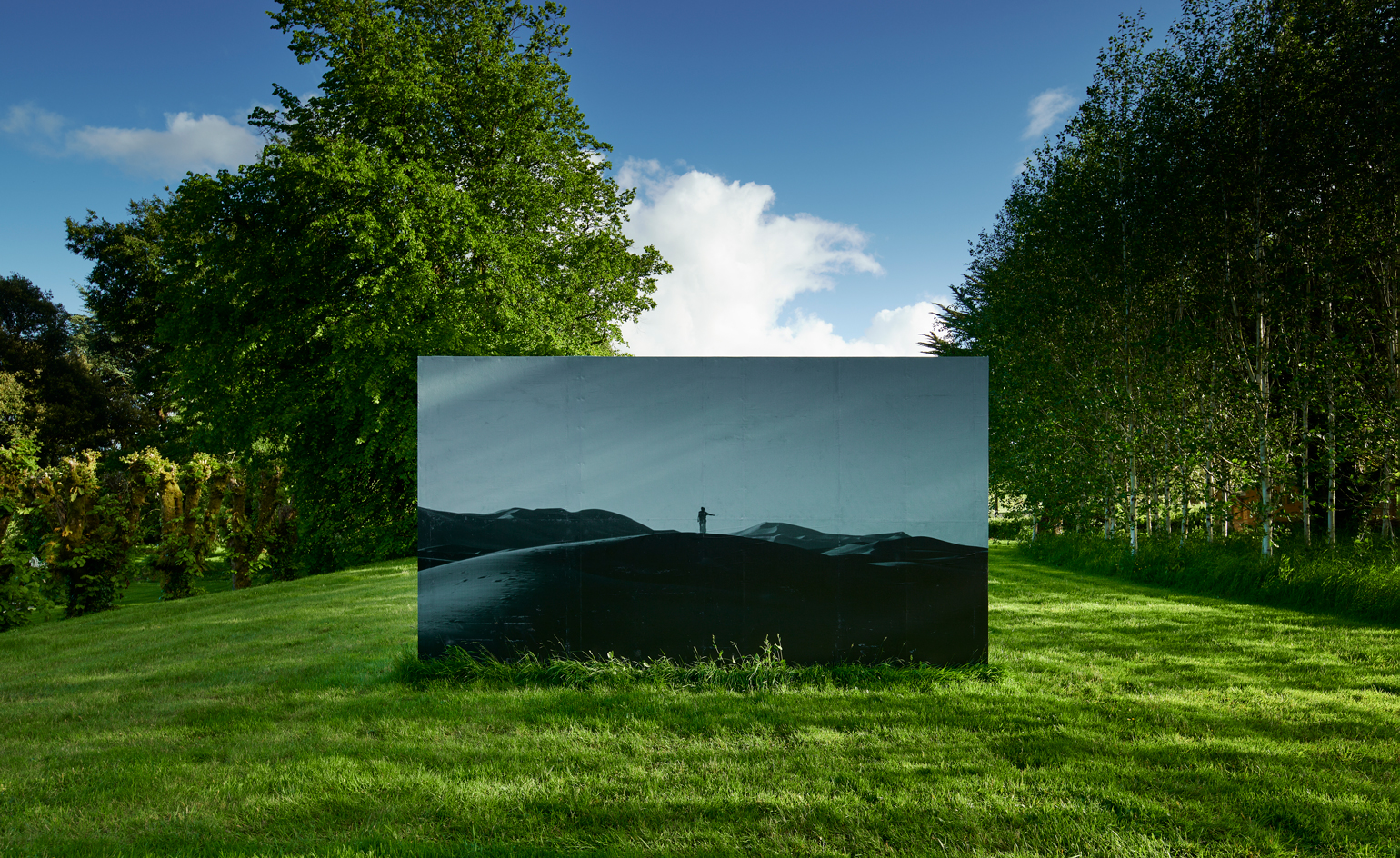
Nancy Holt was an artist who rethought what art could be. Rather than placing work on the land, the work was the land. Over a five-decade career, she posed complex questions about our humanity’s place in the world, many of which remain pertinent today.
Her palpable influence in contemporary art is currently being explored at Lismore Castle through the work of five artists: Matthew Day Jackson, Dennis McNulty, Charlotte Moth, A.K. Burns and Katie Paterson. This marks the first time Holt’s work has been staged in conversation with 21st-century artists who have drawn from her legacies.
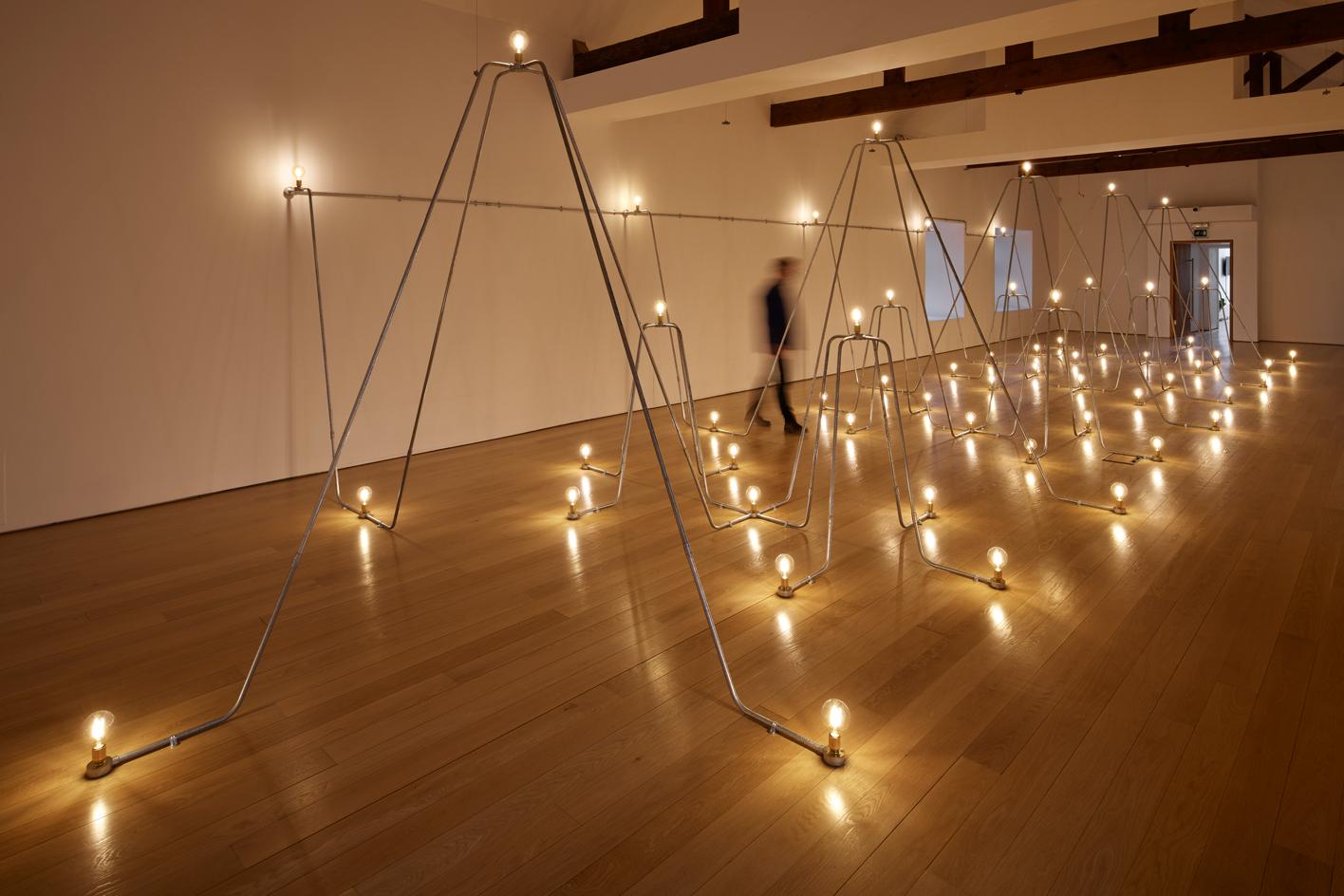
Nancy Holt, Electrical System (1982), Electricity, light bulbs, conduit, sockets. © Holt/Smithson Foundation. Courtesy Parafin, London and Sprüth Magers. Photography: Ros Kavanagh
At the heart of ‘Light and Language’ is Holt’s room-sized installation Electrical System (1982). On view for the first time in more than three decades, this is an example of Holt’s innovative ‘systems sculptures’ that make the innards of buildings perceivable. As Holt once said: ‘the electrical systems light, the heating systems heat. The drainage systems drain, the ventilation sustains circulate air [...] the sculptures are exposed fragments of vast hidden systems, they are part of open-ended systems, part of the world.' Comprising more than 100 glowing light bulbs, Electrical System is a web of light.
Accompanying Electrical System are fourteen further works by Holt spanning 1966 to 1982. Visitors will encounter concrete poetry, photographic experiments with light and shadow, works relating to her iconic earthwork Sun Tunnels (1973-76), and her video collaboration with Richard Serra, Boomerang (1974). Within the castle grounds and Lismore town are Holt’s Locators that, as she described, are ‘literally seeing devices’ that push human vision to its limits.
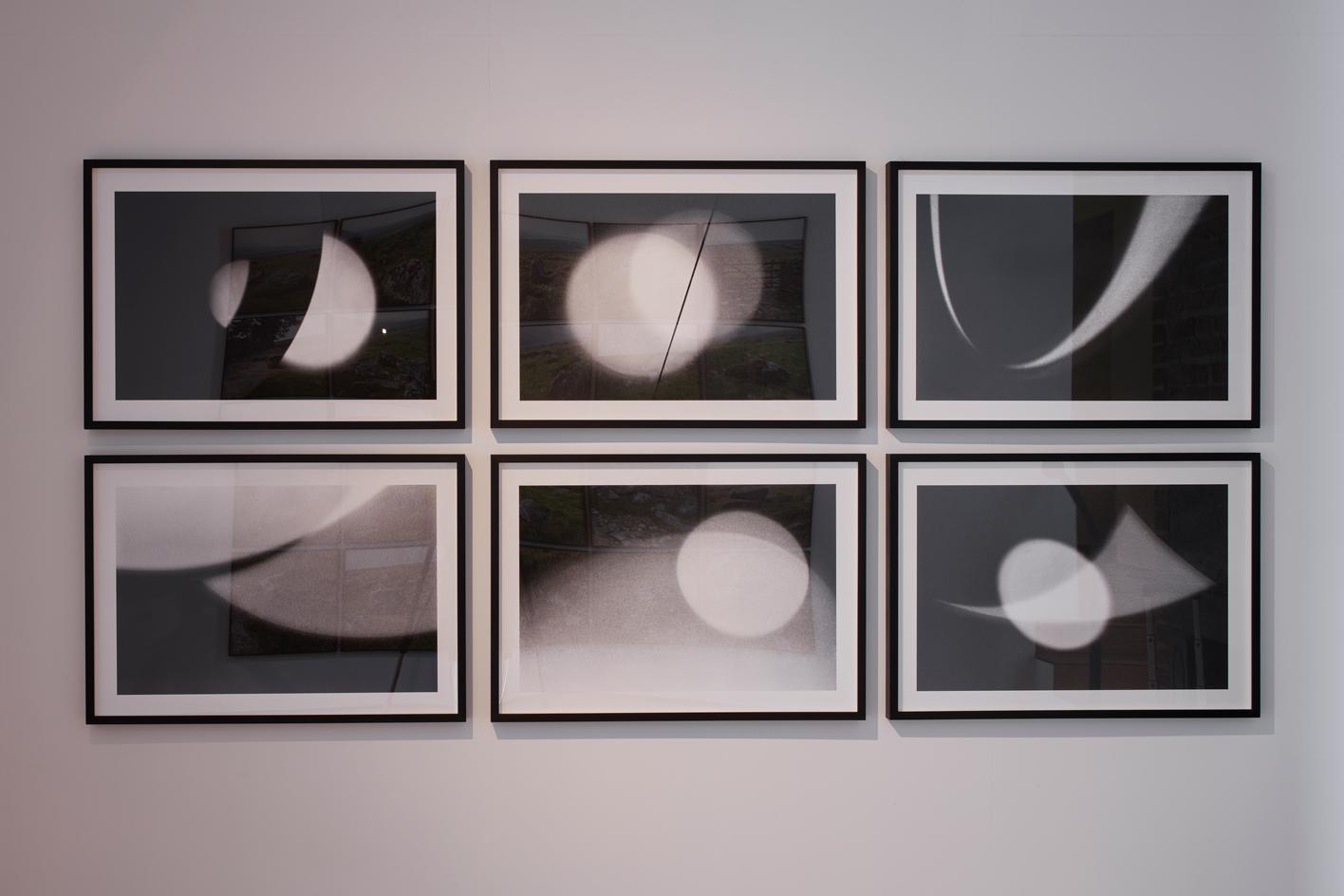
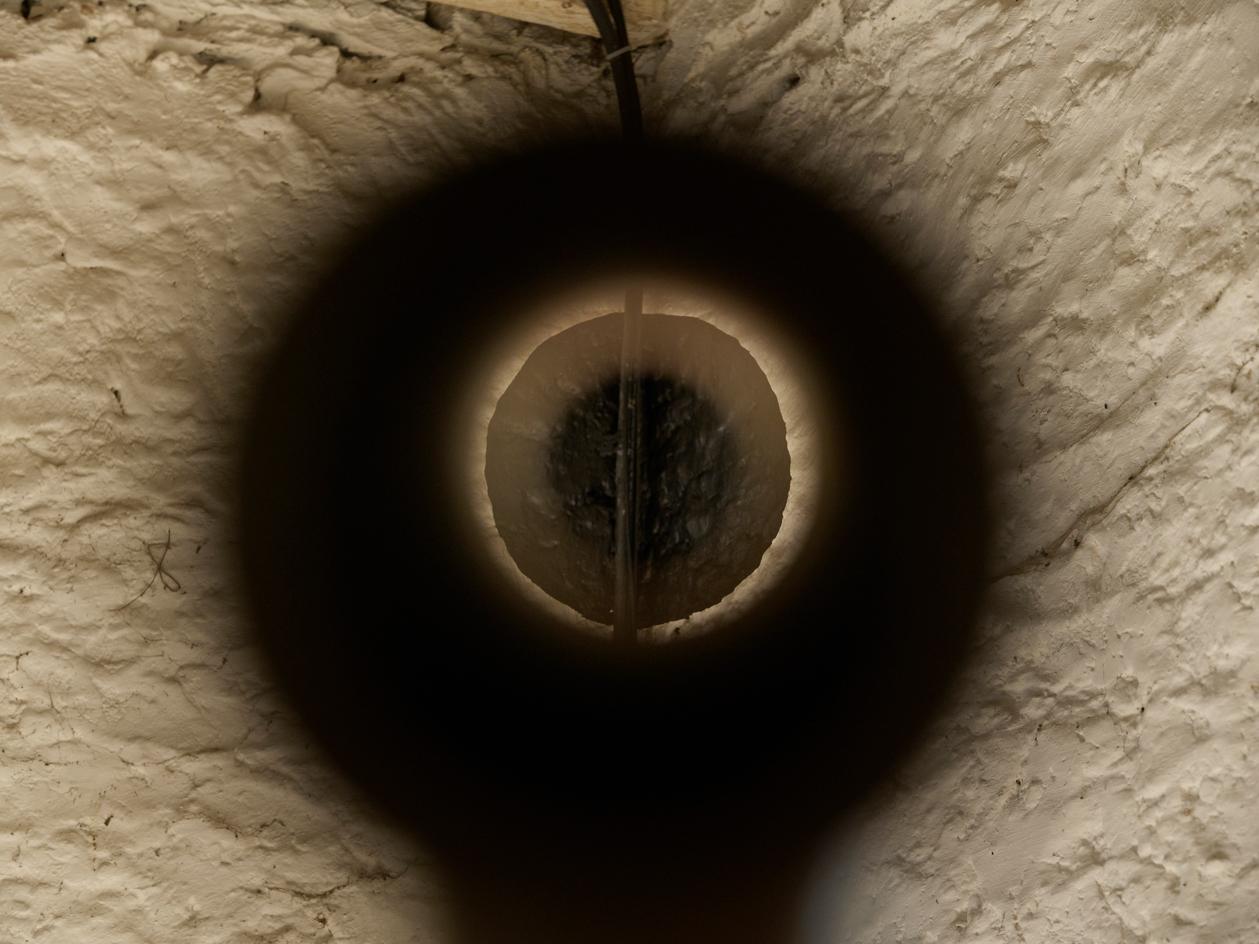
Top: Nancy Holt, Light and Shadow Photo Drawings (1978), inkjet prints on archival rag paper taken from original 35mm slide. Above: Nancy Holt, Locator (PS1) (1980), steel pipe, drawing medium, black paint. © Holt/Smithson Foundation, Courtesy Parafin, London and Sprüth Magers, Photography: Ros Kavanagh
American artist Matthew Day Jackson is exhibiting Commissioned Family Photo (2013). It comprises eighty-two photographs taken with a camera capable of capturing more than a million frames per second. It was designed to record explosions and shockwaves from nuclear detonations; the artist and his family are the only human beings ever to have been photographed by this camera.
‘My work is about our destructive potential and the fact that we are the only animals to be capable and aware of our own extinction. The record of my family’s existence in these photographs is forcing one of the potential tools of our extinction to recognize that we exist,’ he says. ‘I love thinking that the work that we leave behind will be contextualised outside of our control. I hope that my work in the show somehow would fit into her [Holt’s] idea of what would be acceptable.’
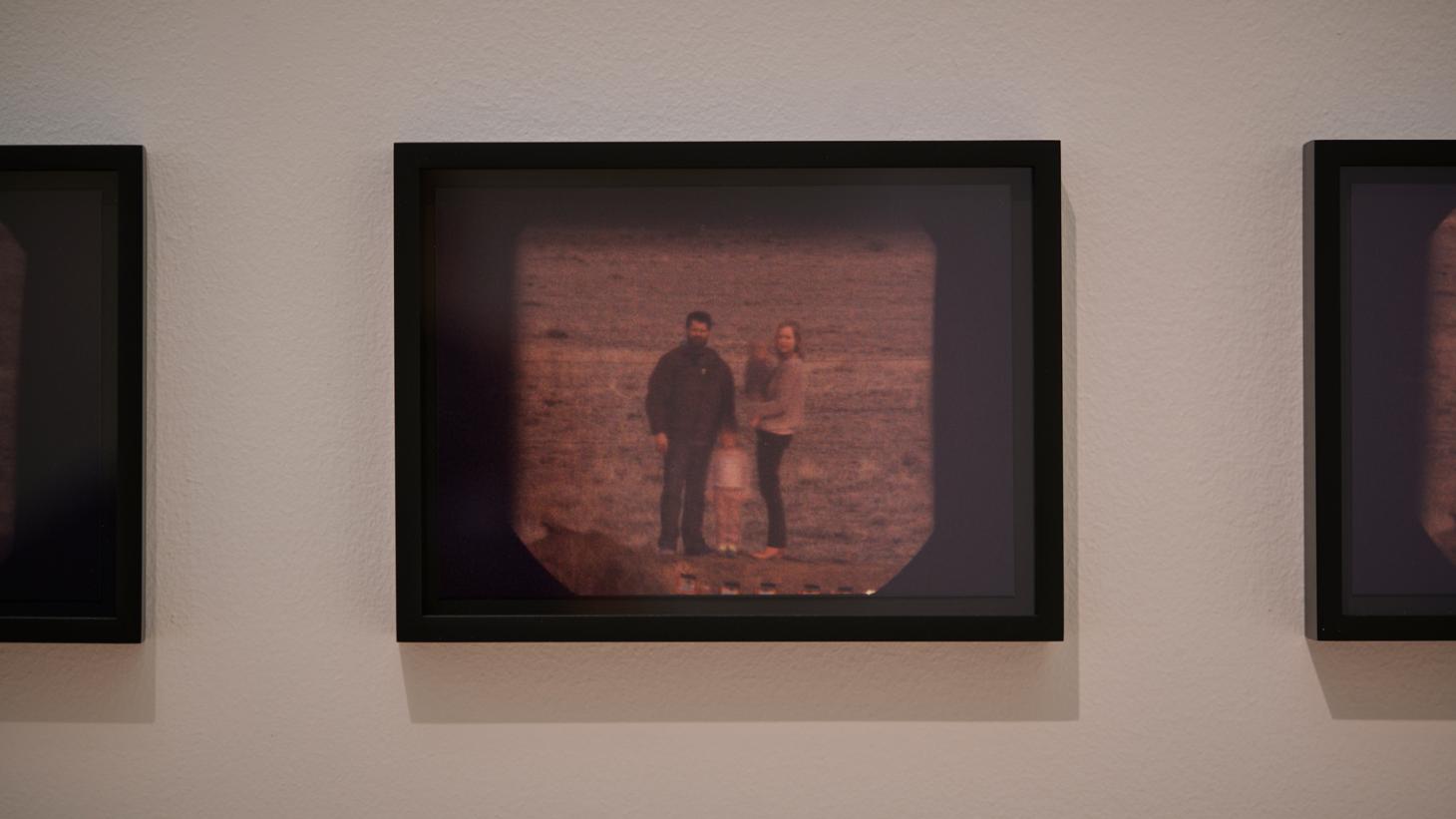
Matthew Day Jackson, Commissioned Family Photo (2013), 82 framed photos. © Matthew Day Jackson. Courtesy the artist and Hauser and Wirth
During her lifetime, Holt’s work was somewhat eclipsed by that of her husband, the land artist Robert Smithson – an all-too-familiar story in the history of 20th-century art. ‘I knew about Nancy Holt in graduate school but she was overshadowed by the expansive scholarship of her husband’, he says. ‘It is a problem with what we know of as art history, but I am happy that there is more scholarship being dedicated to her work. Future artists will have a better, more foundational relationship with Holt’s work and that makes me happy.’
Scottish artist Katie Paterson has created a new work responding to the architecture of Lismore Castle. Her ‘Ideas’ wall pieces are subtle: short texts that ‘when read come alive through the visitor's imaginations’. Discrete in scale, they are cut from silver and reflect brightly when the light hits them. ‘Within the majesty of the castle grounds they almost disappear, and I like this encounter.’ says the artist. ‘I learned about Nancy Holt’s work, and the wider land-art movement as a student, and it completely changed my outlook on what art can be, and what it can achieve; as a physical presence and as an experience.’ Paterson is also exhibiting a large scale billboard piece, Inside this desert lie the tiniest grain of sand, which depicts a nano-sized grain of sand being scattered in the Sahara desert.
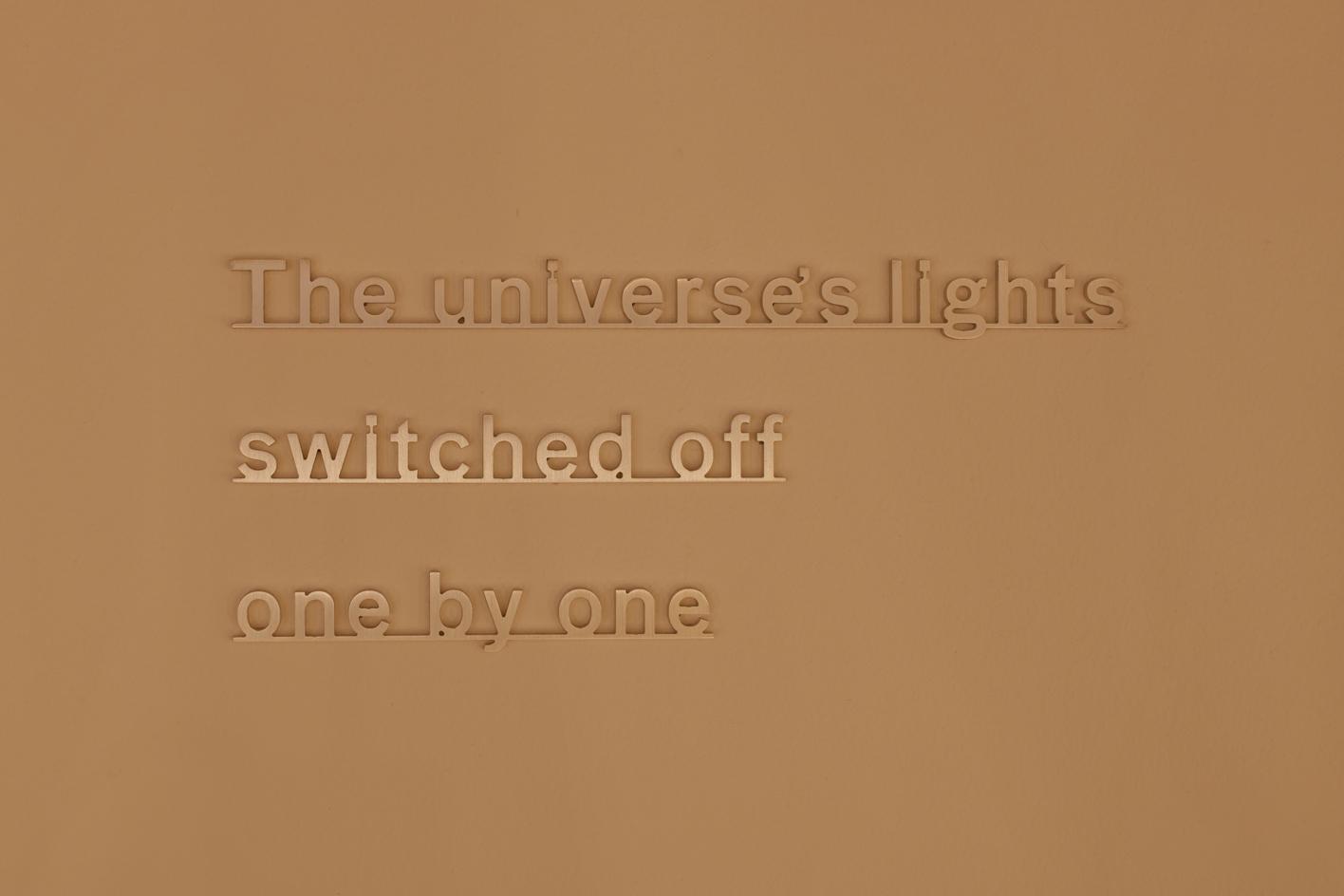
Katie Paterson, The universe’s lights switched off one by one (2015), Micro waterjet cut sterling silver. © Katie Paterson. Photography: Ros Kavanagh
The artist also reflects on her affinity with Holt’s artistic sensibilities: ‘her work showed me how expansive art can be; through its material form (she worked across mediums) it’s scale, its conceptual language and emotional and perceptual impact. Nancy Holt worked with the cyclical time of the universe, the motions of the earth and the sun. She aimed to ‘connect people with the planet earth’, to bring ‘the sky down to earth’ which chimes very much with my approach.’
‘Nancy Holt is an incomparable artist whose work has laid the ground for the art of today. Demanding that we look harder and think deeper about how we understand our place on the planet, Holt’s is a powerful voice,’ says Lisa Le Feuvre, curator of Light and Language and executive director of Holt/Smithson Foundation.
Holt was a pioneer of perception, and this show proves the enduring gravity of her work. Collectively, these artists, armed with their mutual affinity with this trailblazing artist, are maintaining Holt’s legacy: that through light and language, we can try to make a little more sense of the world.
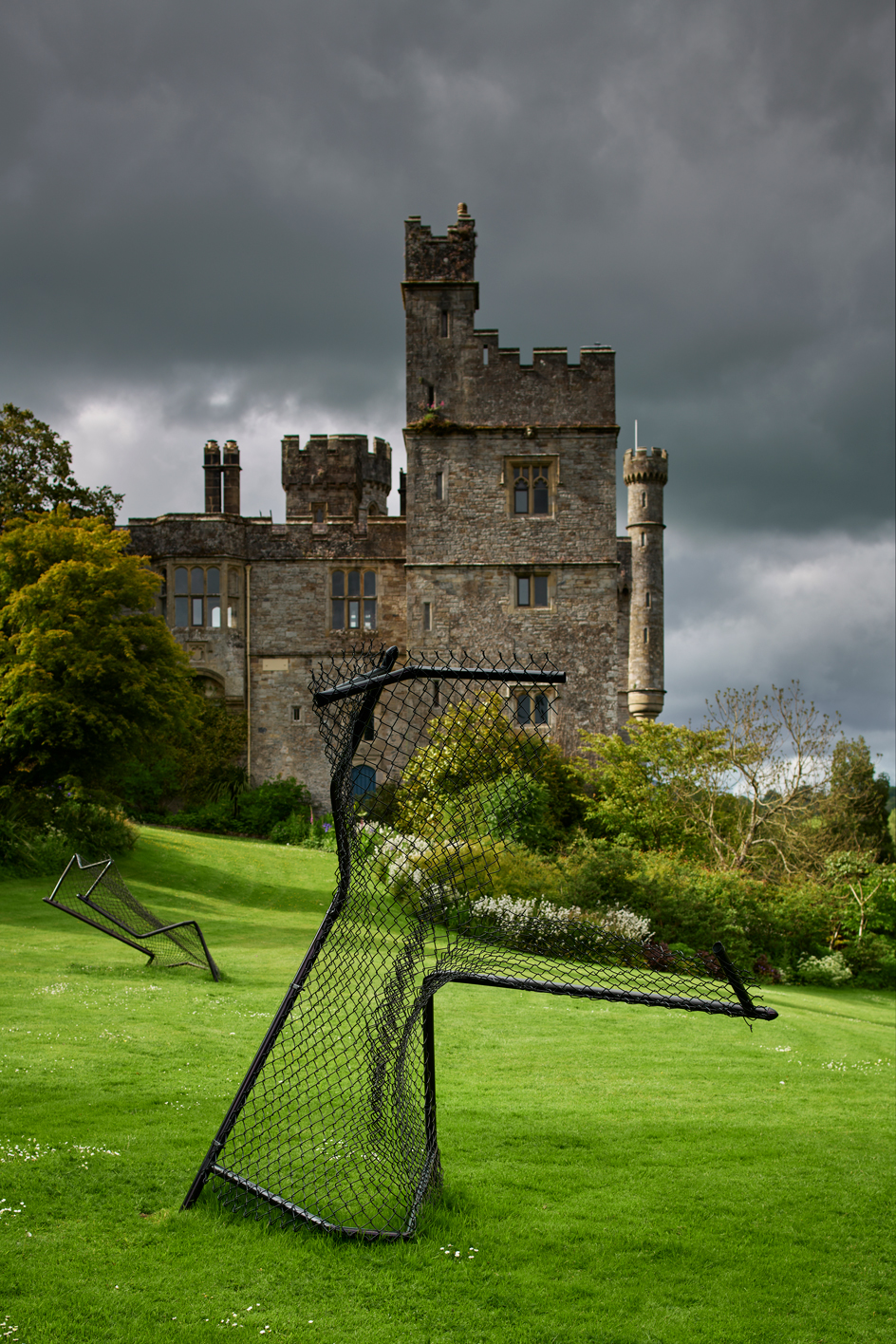
A. K. Burns, The Dispossessed, 2018, steel, aluminium, and chromaflair paint. © A.K. Burns. Photography: Ros Kavanagh
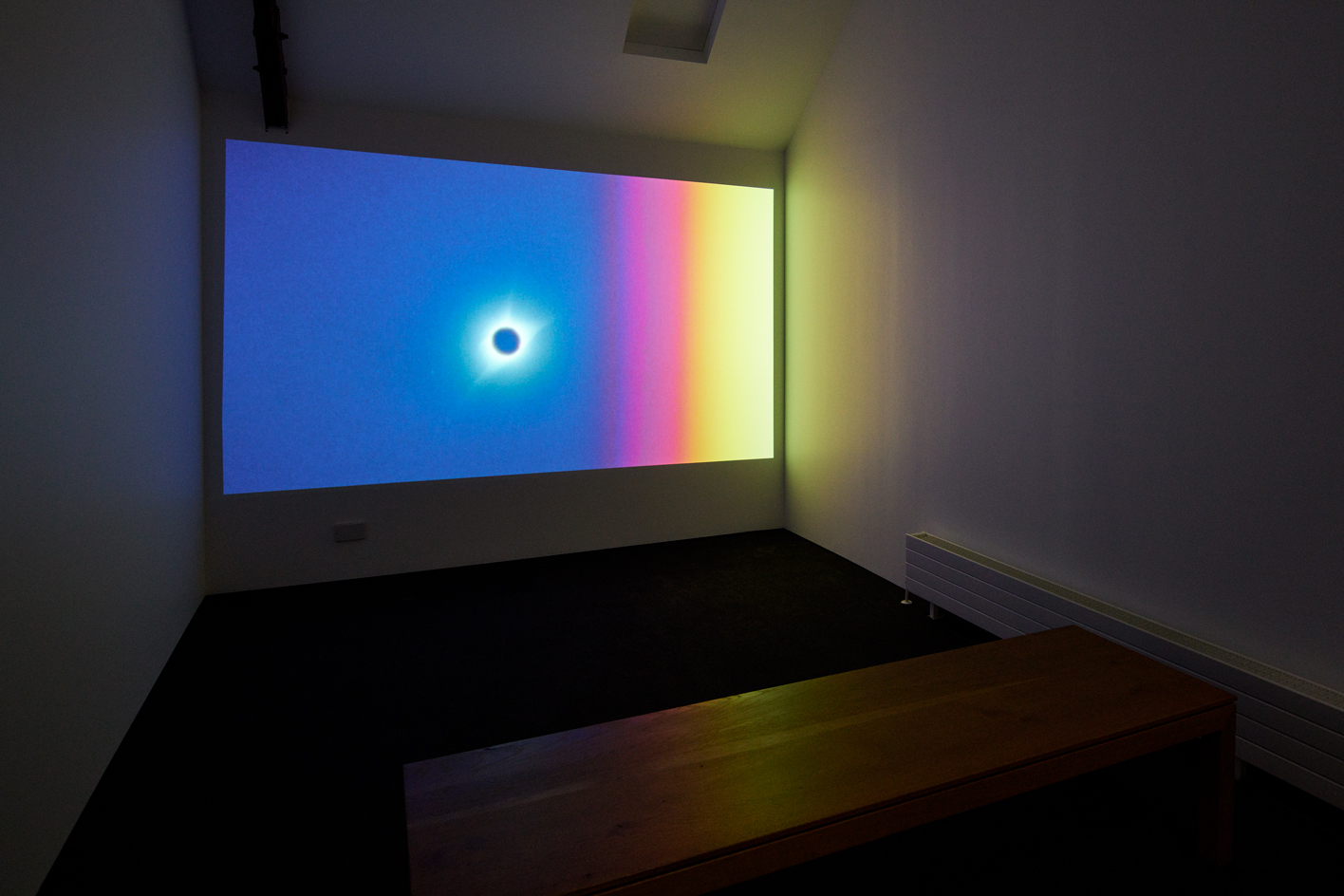
A. K. Burns, Untitled (Eclipse), 2019. © A.K. Burns. Photography: Ros Kavanagh
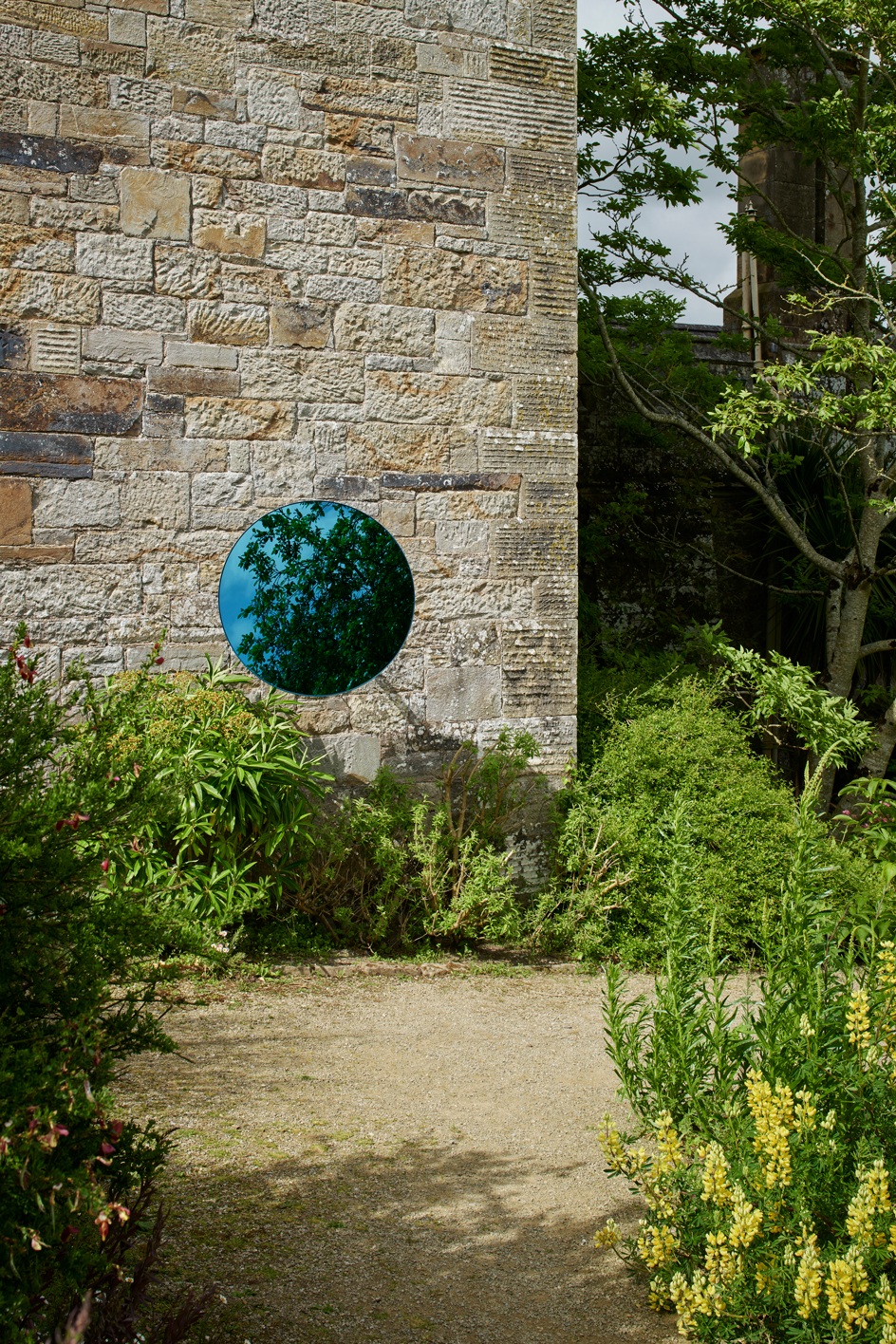
Charlotte Moth, Blue reflecting the greens (2021). Blue mirror disk, metal powder coated frame and pivoting armature. © Charlotte Moth. Photography: Ros Kavanagh
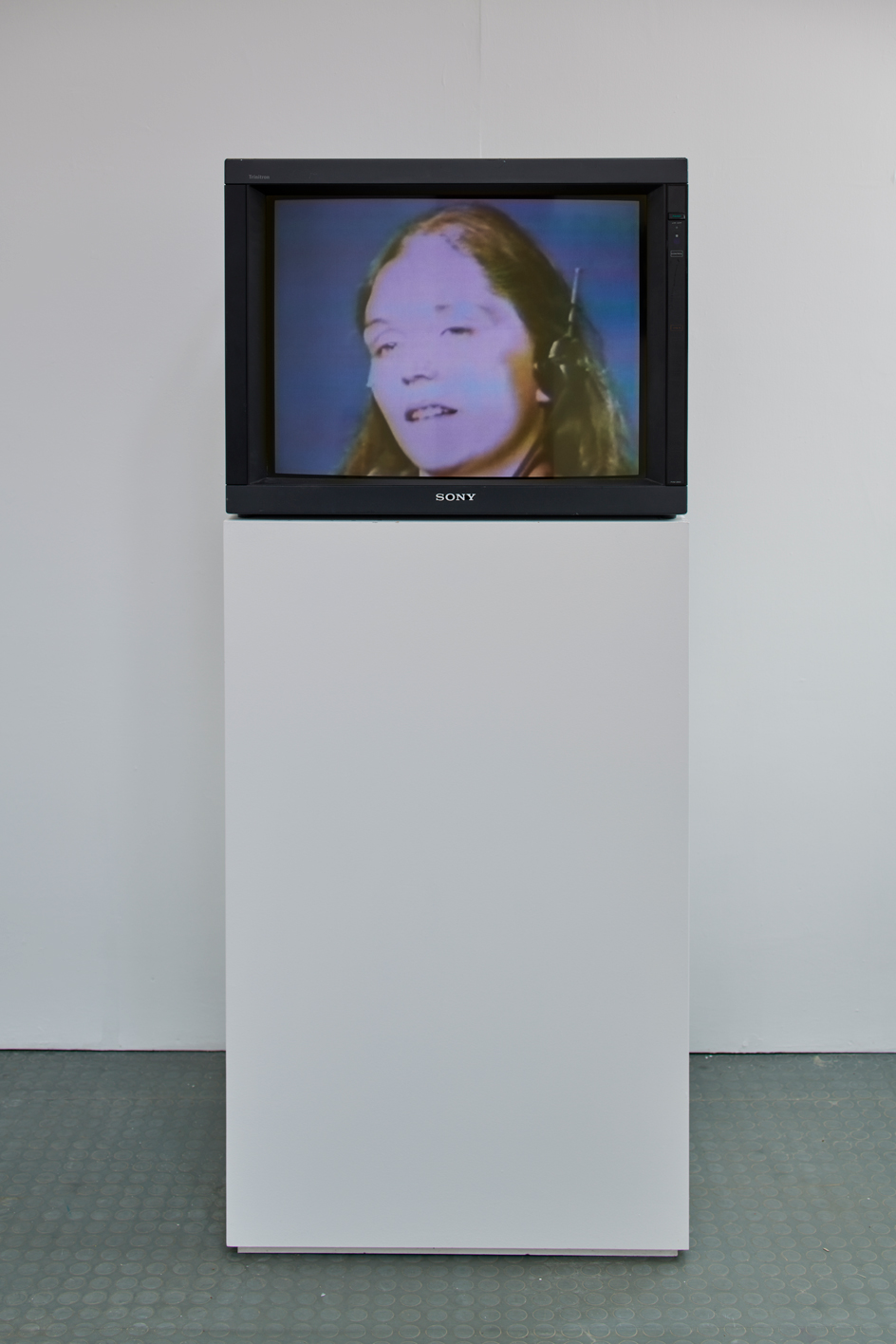
Richard Serra with Nancy Holt, Boomerang (1973), video, digitised, 11.06 min, colour, sound, data format: mp4. Collection Ludwig Forum für Internationale Kunst, Aachen. © Richard Serra. Photography: Ros Kavanagh
INFORMATION
'Light and Language', until 10 October 2021, Lismore Castle Arts. lismorecastlearts.ie
Wallpaper* Newsletter
Receive our daily digest of inspiration, escapism and design stories from around the world direct to your inbox.
ADDRESS
Lismore Castle
Lismore, Co.
Waterford, Ireland
Harriet Lloyd-Smith was the Arts Editor of Wallpaper*, responsible for the art pages across digital and print, including profiles, exhibition reviews, and contemporary art collaborations. She started at Wallpaper* in 2017 and has written for leading contemporary art publications, auction houses and arts charities, and lectured on review writing and art journalism. When she’s not writing about art, she’s making her own.
-
 All-In is the Paris-based label making full-force fashion for main character dressing
All-In is the Paris-based label making full-force fashion for main character dressingPart of our monthly Uprising series, Wallpaper* meets Benjamin Barron and Bror August Vestbø of All-In, the LVMH Prize-nominated label which bases its collections on a riotous cast of characters – real and imagined
By Orla Brennan
-
 Maserati joins forces with Giorgetti for a turbo-charged relationship
Maserati joins forces with Giorgetti for a turbo-charged relationshipAnnouncing their marriage during Milan Design Week, the brands unveiled a collection, a car and a long term commitment
By Hugo Macdonald
-
 Through an innovative new training program, Poltrona Frau aims to safeguard Italian craft
Through an innovative new training program, Poltrona Frau aims to safeguard Italian craftThe heritage furniture manufacturer is training a new generation of leather artisans
By Cristina Kiran Piotti
-
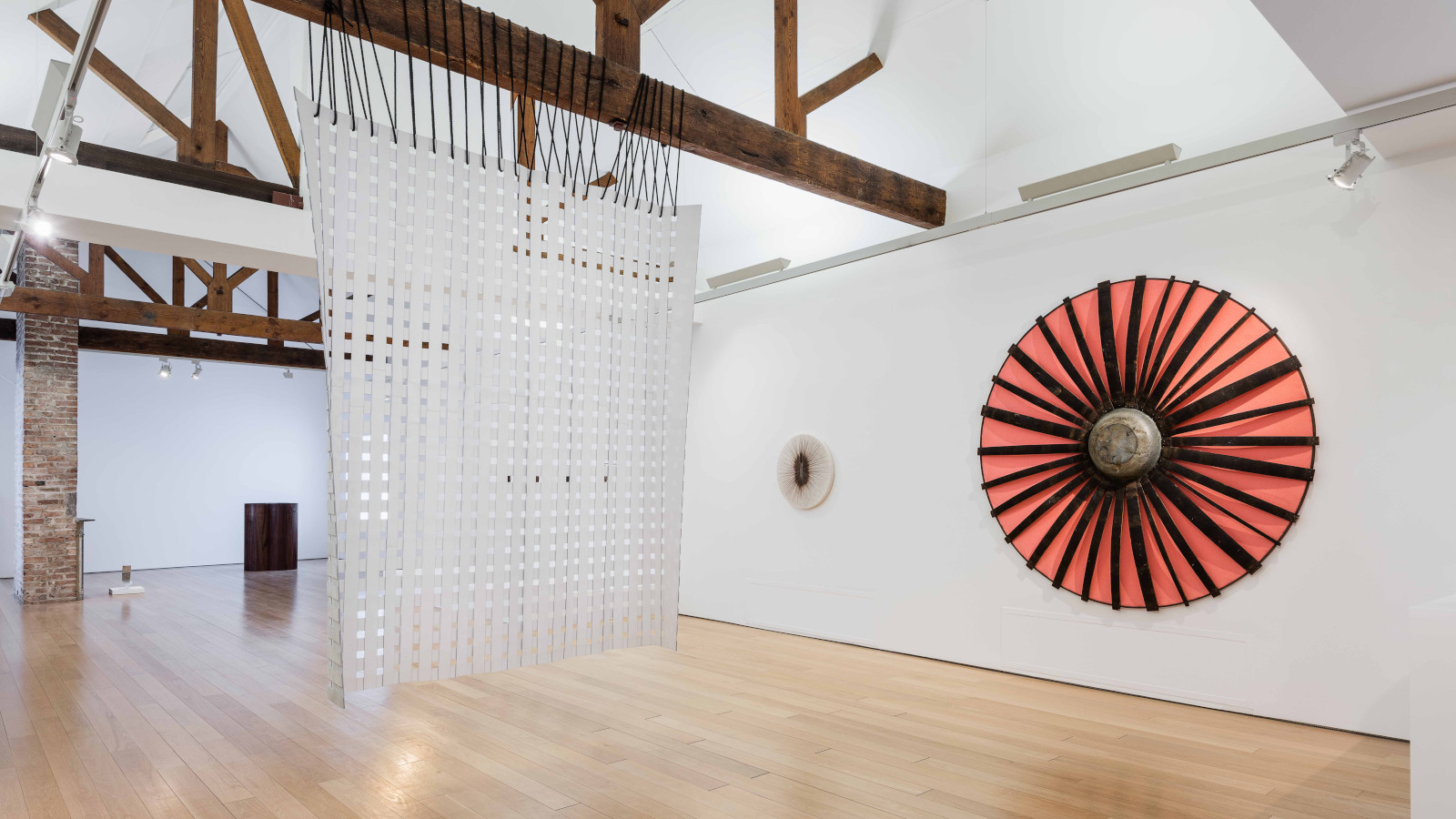 John Cage’s ‘now moments’ inspire Lismore Castle Arts’ group show
John Cage’s ‘now moments’ inspire Lismore Castle Arts’ group showLismore Castle Arts’ ‘Each now, is the time, the space’ takes its title from John Cage, and sees four artists embrace the moment through sculpture and found objects
By Amah-Rose Abrams
-
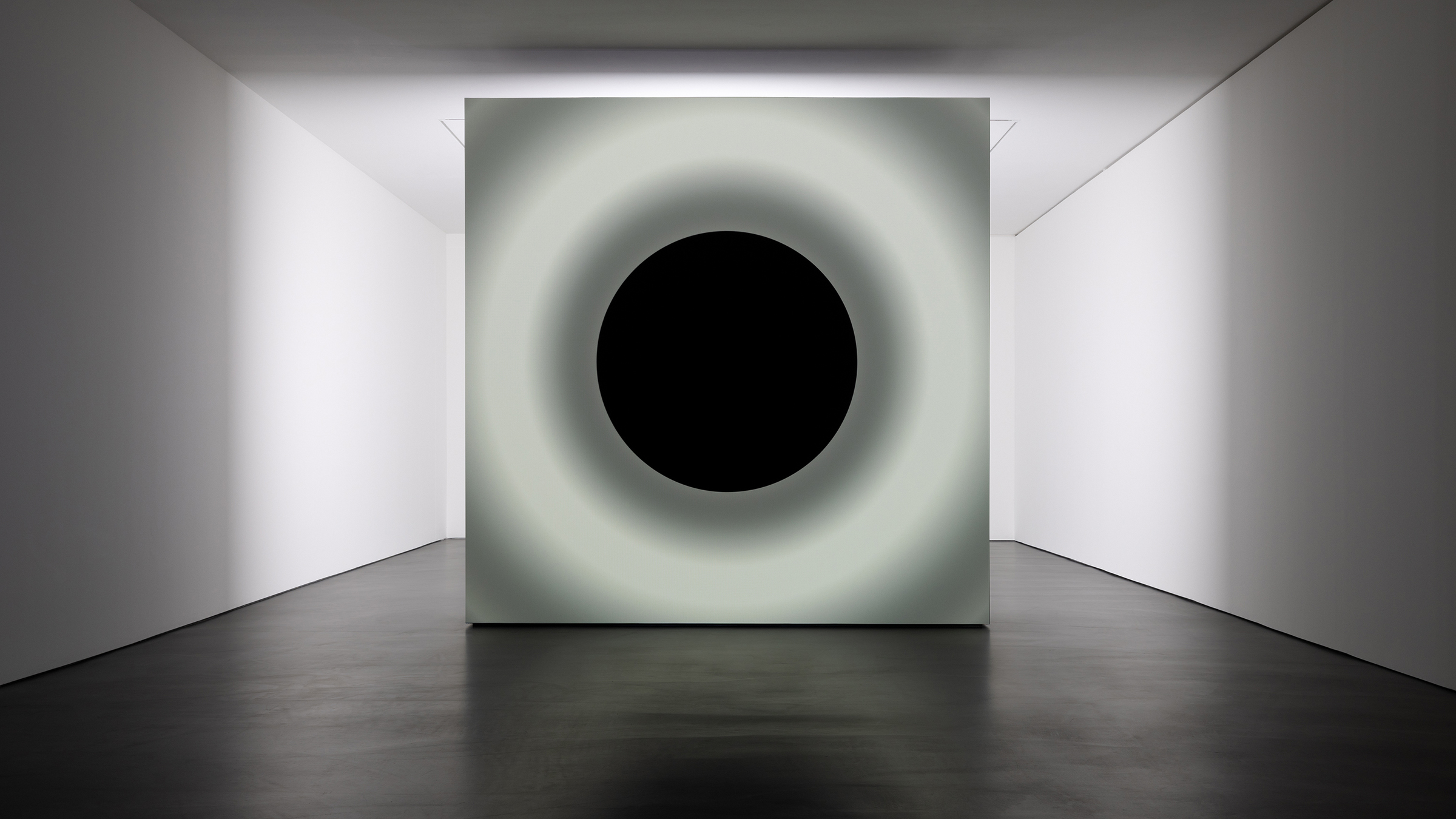 Ryoji Ikeda and Grönlund-Nisunen saturate Berlin gallery in sound, vision and visceral sensation
Ryoji Ikeda and Grönlund-Nisunen saturate Berlin gallery in sound, vision and visceral sensationAt Esther Schipper gallery Berlin, artists Ryoji Ikeda and Grönlund-Nisunen draw on the elemental forces of sound and light in a meditative and disorienting joint exhibition
By Harriet Lloyd-Smith
-
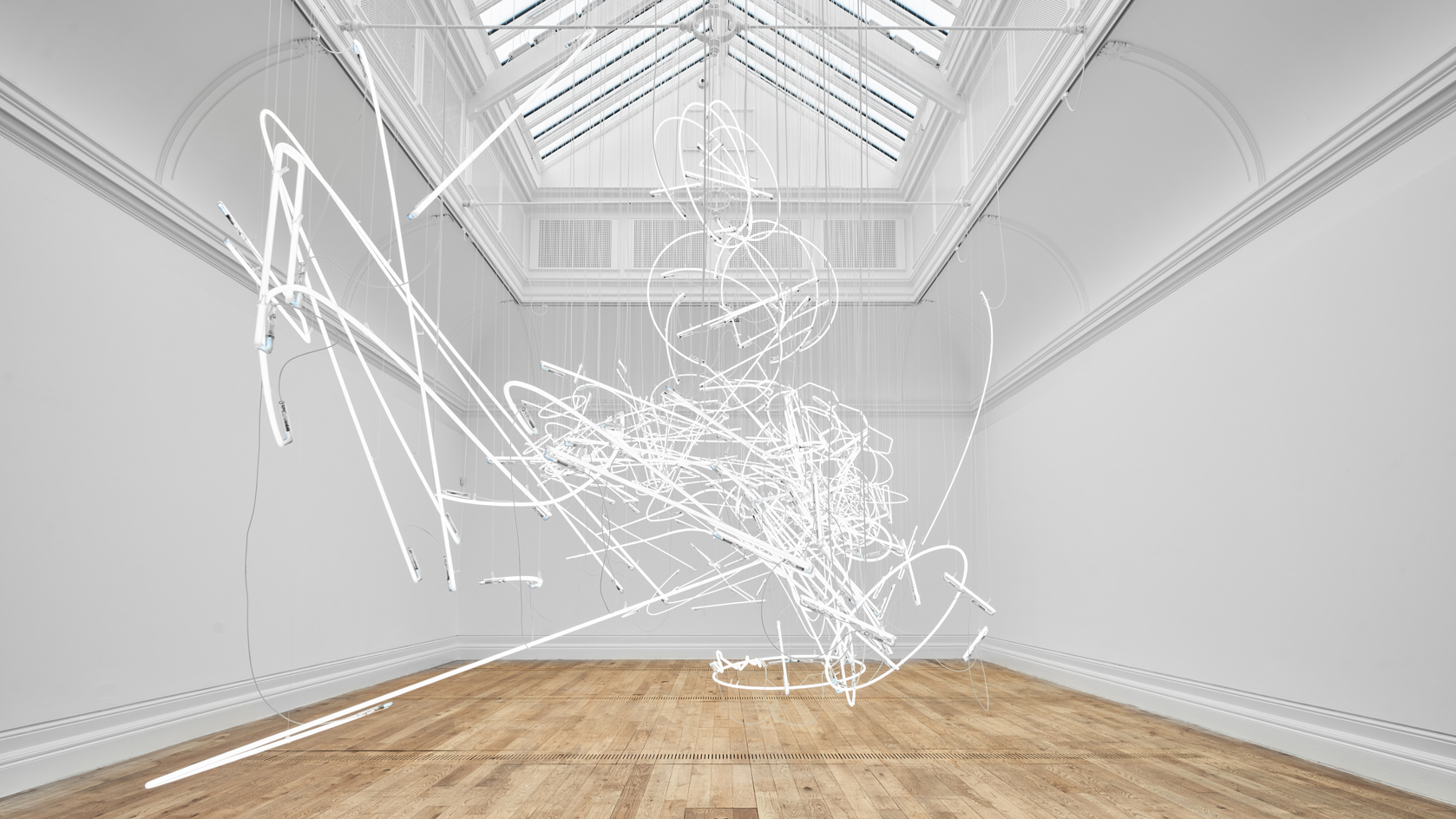 Cerith Wyn Evans: ‘I love nothing more than neon in direct sunlight. It’s heartbreakingly beautiful’
Cerith Wyn Evans: ‘I love nothing more than neon in direct sunlight. It’s heartbreakingly beautiful’Cerith Wyn Evans reflects on his largest show in the UK to date, at Mostyn, Wales – a multisensory, neon-charged fantasia of mind, body and language
By Harriet Lloyd-Smith
-
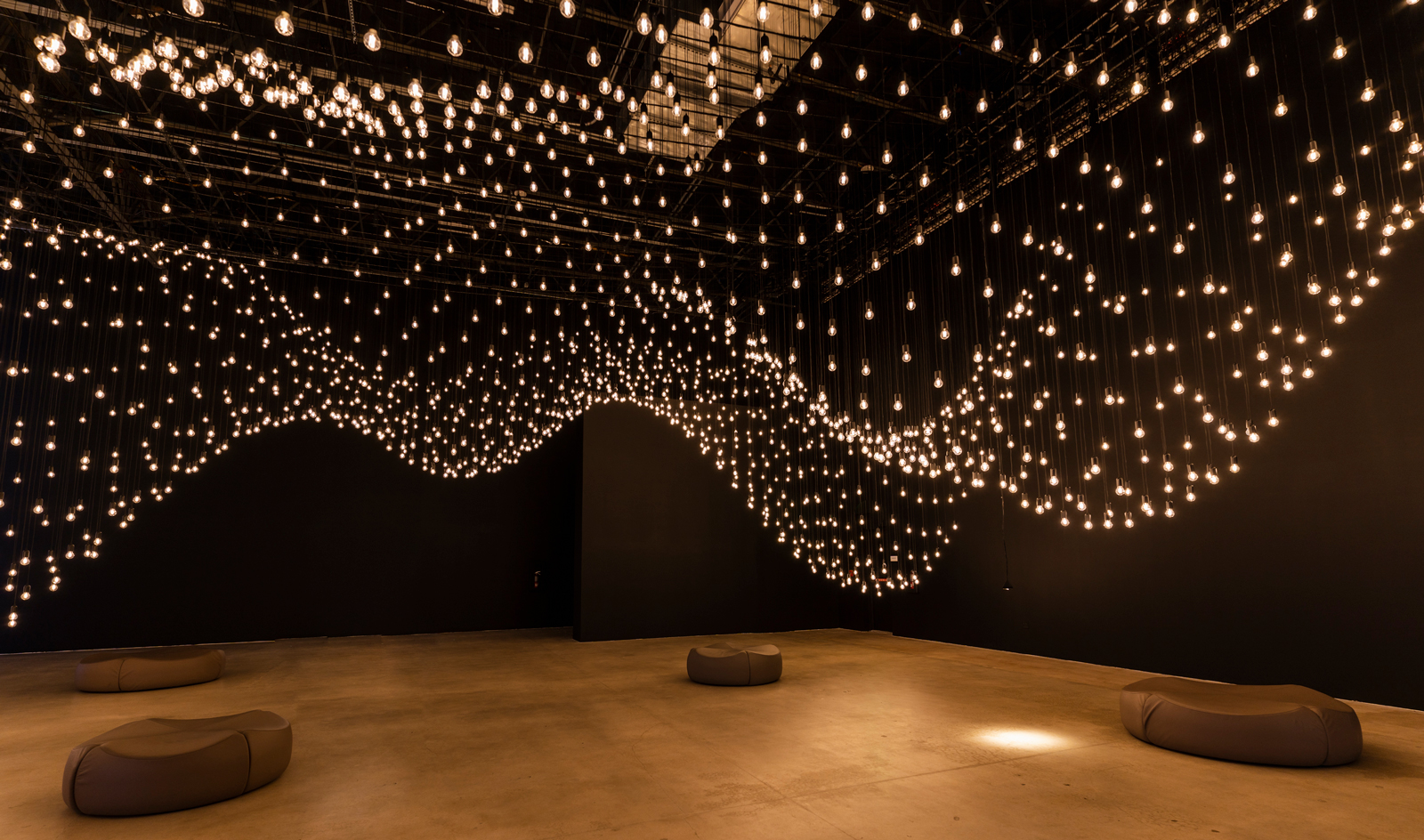 Rafael Lozano-Hemmer’s Pulse Topology in Miami is powered by heartbeats
Rafael Lozano-Hemmer’s Pulse Topology in Miami is powered by heartbeatsRafael Lozano-Hemmer brings heart and human connection to Miami Art Week 2022 with Pulse Topology, an interactive light installation at Superblue Miami in collaboration with BMW i
By Fiona Mahon
-
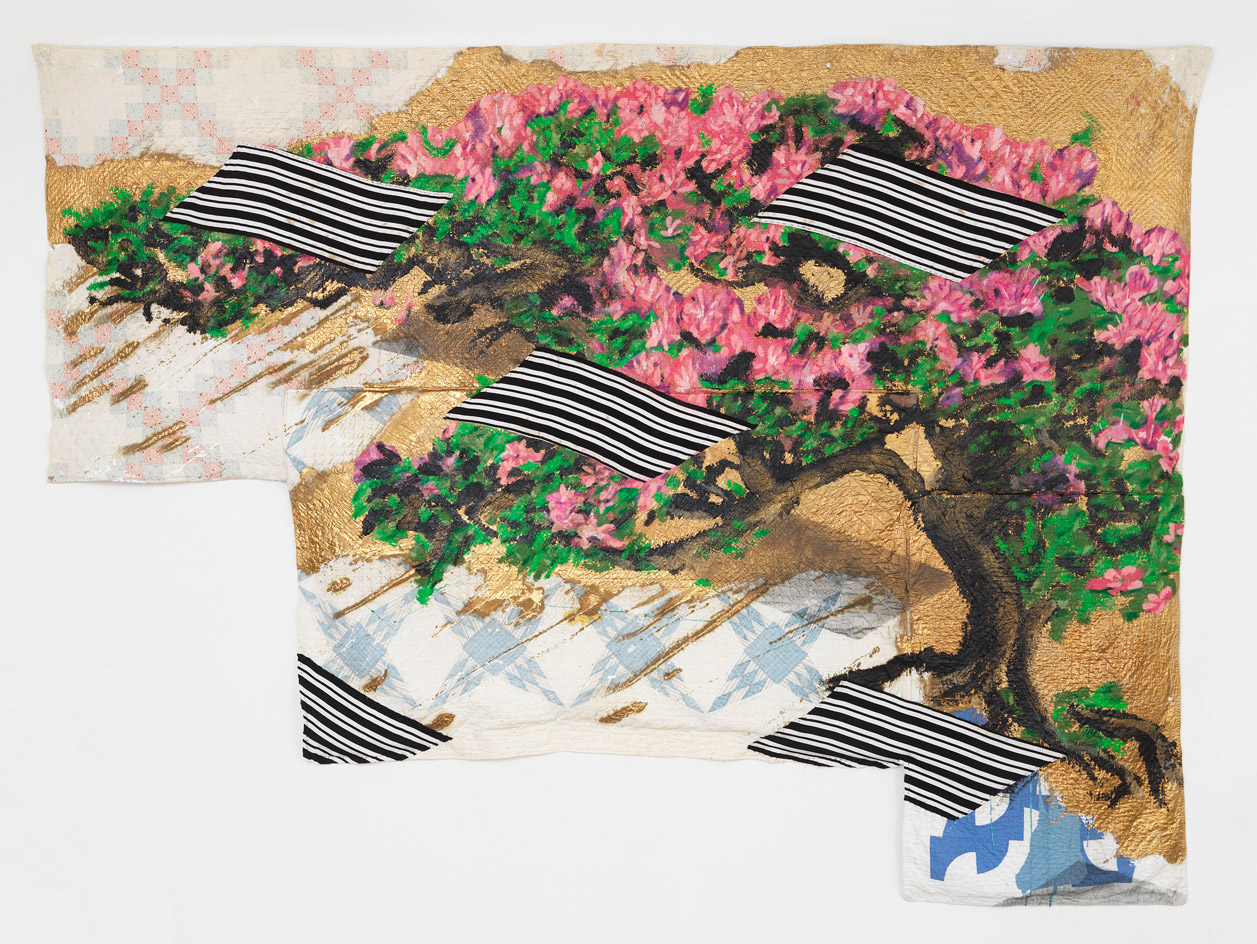 Textile artists: the pioneers of a new material world
Textile artists: the pioneers of a new material worldThese contemporary textile artists are weaving together the rich tapestry of fibre art in new ways
By Harriet Lloyd-Smith
-
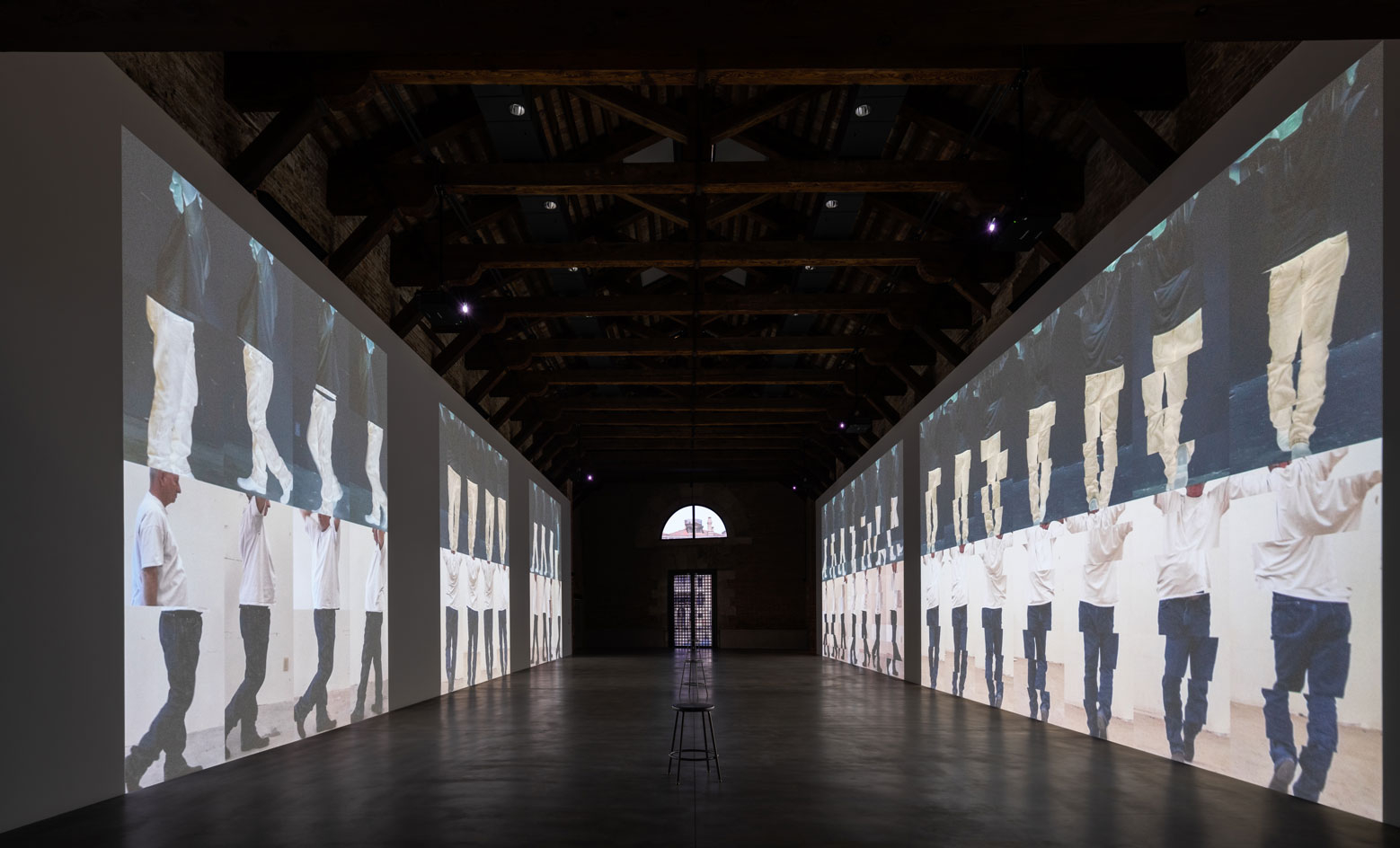 Bruce Nauman’s Venice mega-show is a full body experience
Bruce Nauman’s Venice mega-show is a full body experienceFocusing on the American artist's performative 'Contrapposto Studies', Bruce Nauman's show at Punta della Dogana, Venice, gives new meaning to body language – on view until 27 November 2022
By Laura May Todd
-
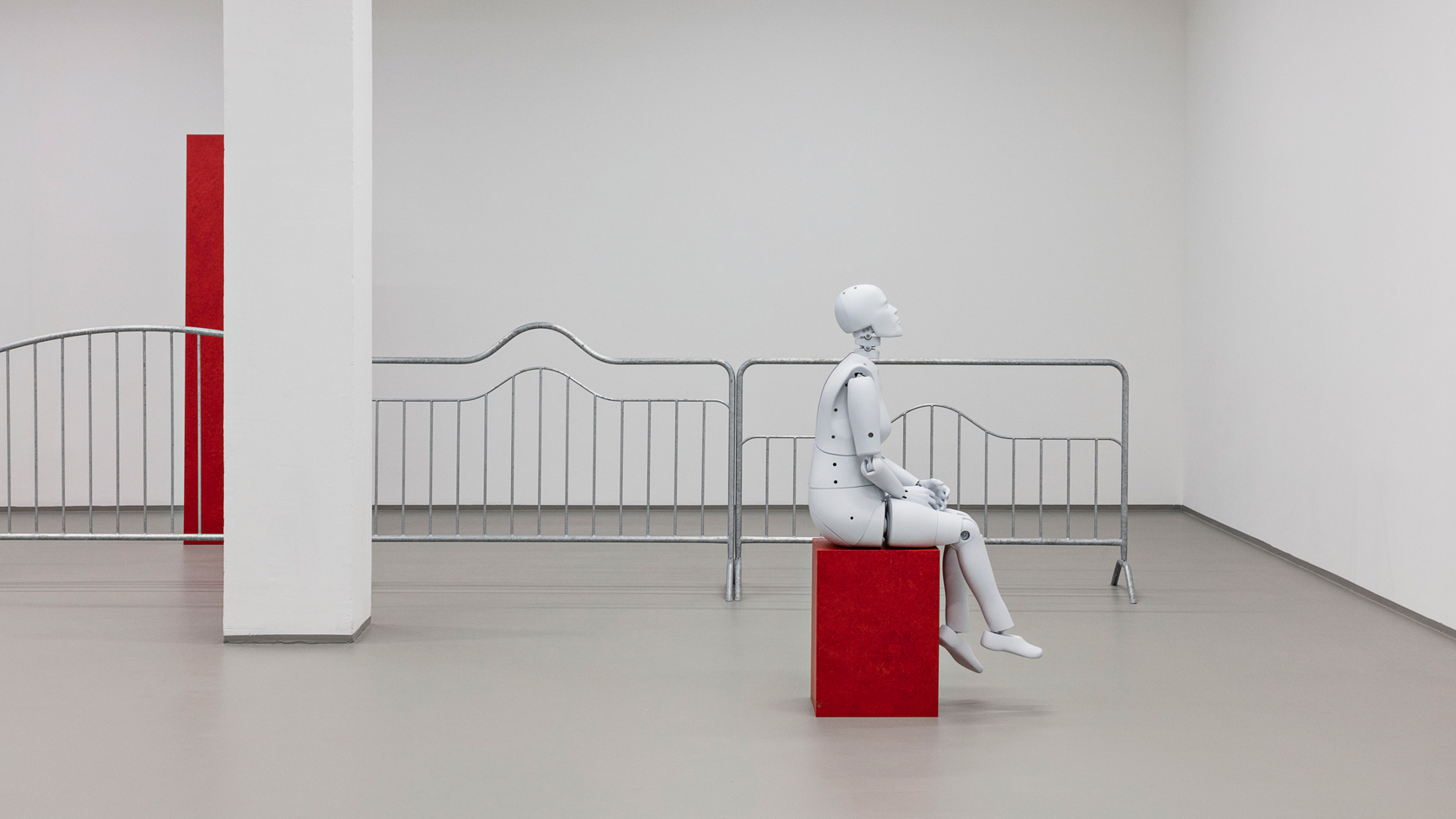 Tora Schultz: ‘Bitch on Wheels’ is a surreal, witty take on a world designed for the male body
Tora Schultz: ‘Bitch on Wheels’ is a surreal, witty take on a world designed for the male bodyFrom crash test dummies to pitchfork stilettos, Tora Schultz’s show ‘Bitch on Wheels’ at Copenhagen’s O–Overgaden is a tragic comedy exploring gender bias, stereotypes, and the surrealism of everyday life
By Alice Godwin
-
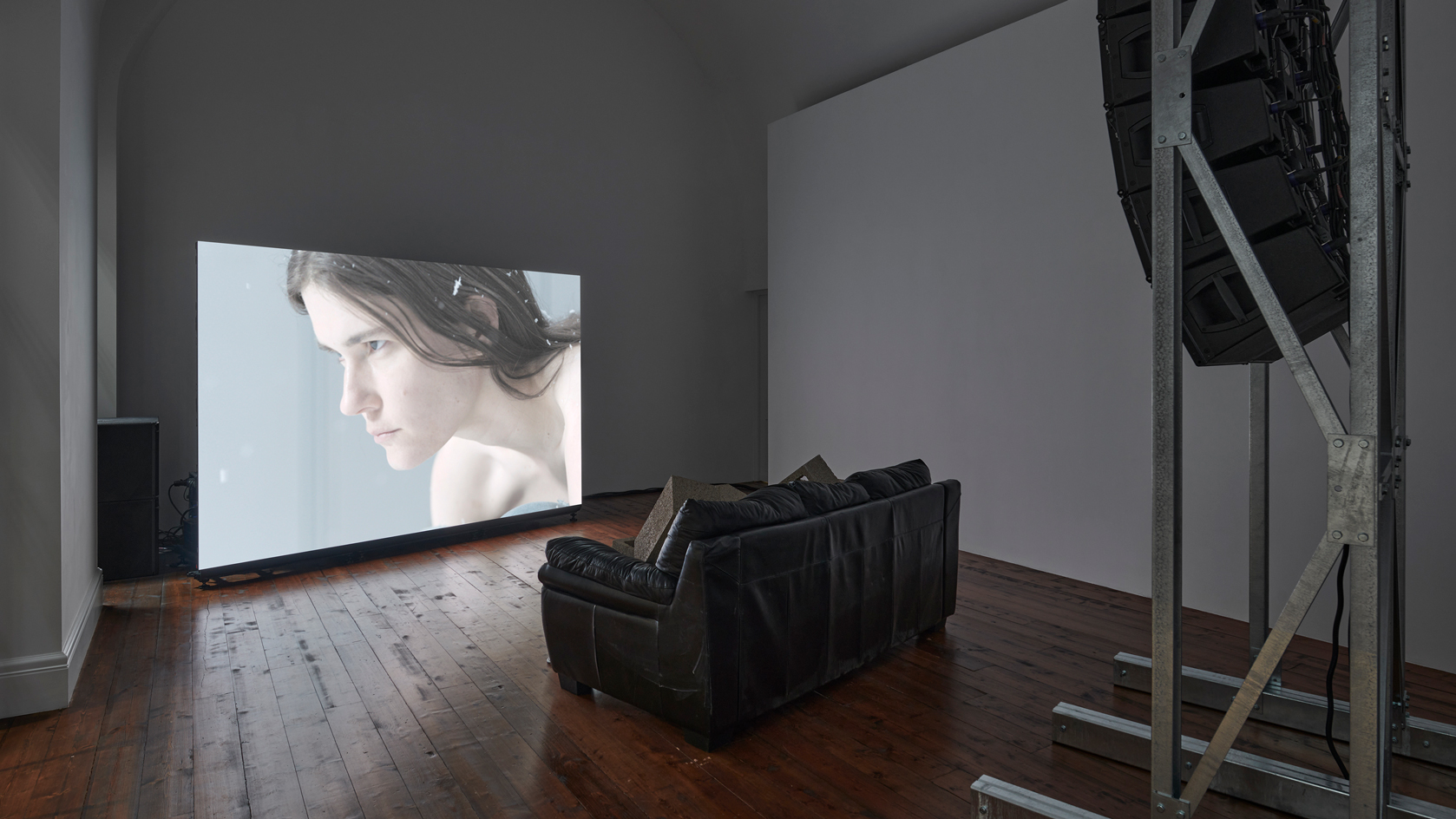 Anne Imhof ‘Avatar II’ review: a psychological thriller to make you wince and wonder
Anne Imhof ‘Avatar II’ review: a psychological thriller to make you wince and wonderGerman artist Anne Imhof’s ‘Avatar II’ exhibition at London’s Sprüth Magers is a compelling, uncanny probing of contemporary culture, reality and artifice
By Harriet Lloyd-Smith